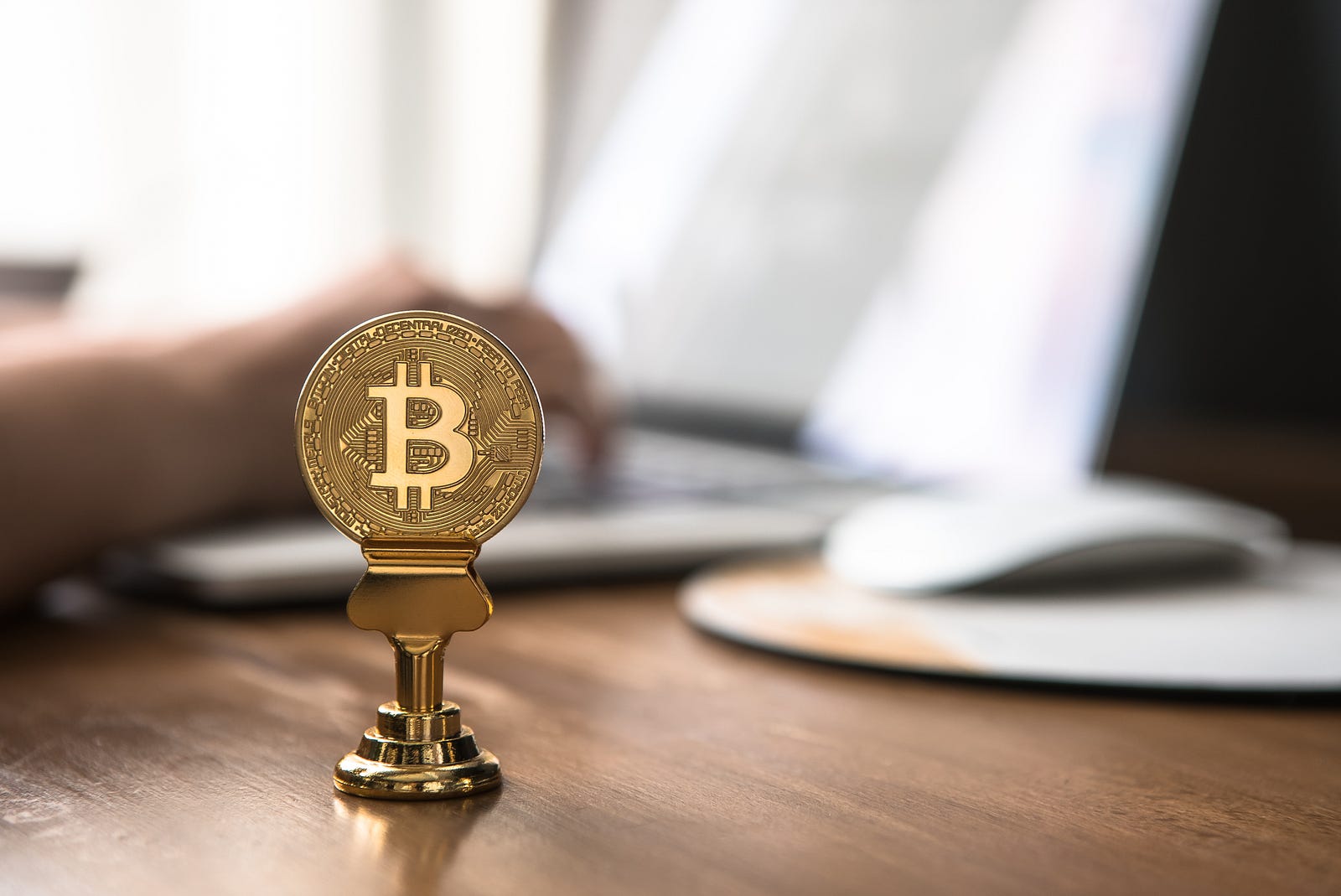Bitcoin Explained Like I’m Five
Bitcoin Explained Like I’m Five
A quick overview on how Bitcoin transactions, mining and ATMs work.


A few months ago, I decided to learn about Bitcoin and how works. From what I’ve heard, it’s sort of like Git (the block chain) and ssh (the trading). It shouldn’t be that hard to learn given that I use both tech on a daily basis. But after a lot of reading later, there’s so many things in play that covering things separately makes it hard to connect the dots. So in this article, I’ll try to describe Bitcoin in a way you can easily wrap your head around.
How do transactions work?
Giving someone your Bitcoin address is like giving someone a box with an open padlock, whose key is in your possession. Receiving Bitcoin is like receiving a box of money, locked with one of your padlocks. Spending Bitcoin is like sending a box of your money, locked with the recipient’s padlock. A Bitcoin wallet is like a key ring that holds all the keys to all the padlocks you have handed out. Keeping this key ring secure and away from prying eyes is important as anyone who holds the keys has the power to open the associated padlocks and use the money in the boxes.
How does mining work?
When you spend Bitcoin, you’re essentially telling a bunch of miners that you want to move Bitcoin from your address to the someone else’s address. Each participating miner will put your transaction and a bunch of other transactions in a block, and will try to put that block on the block chain. But before that happens, miners must generate proof of work by solving a challenge defined by the Bitcoin protocol. From here, it’s a race to who gets the solution first. Once a miner finds a solution, it broadcasts its solution to other miners. If the other miners agree that the solution is correct, they all stop working on the same challenge, accept the successful miner’s version of the block chain, now with that new block appended, and move on.
How do rewards and fees work?
Miners keep the Bitcoin network up in exchange for bounties and tips. When a miner works on a block, it is allowed to add a transaction to the block that assigns a protocol-defined amount of Bitcoin to the miner. When that block officially becomes part of the block chain, it effectively means the miner has gained Bitcoin. In addition, the successful miner also gets to take the transaction fees in the block. To make the most out of a successful block, miners will prioritize the addition of transactions that give higher transaction fees.
How do ATMs work?
ATMs work like order books, matching buyers with sellers. For instance, when you buy Bitcoin, the Bitcoin you bought may be from a miner who sold their Bitcoin to pay for electricity. ATMs are backed either by a Bitcoin exchange or a hot wallet. A wallet-backed ATM starts with the operator stocking Bitcoins in a wallet and cash on the machine. Buying simply dispenses Bitcoin from this wallet in exchange for cash and selling is simply the other way around. Exchange-powered ATM work the same way except you’re interacting with an exchange service instead of software managing a wallet.
Conclusion
Bitcoin is a huge topic to cover. It’s general operation is not that hard to grasp (excluding the maths and computer science bits), but there’s just a lot of things in play that makes it hard to focus on any one thing. Hopefully this bite-sized read gave you an idea of how it generally works. I also wonder how far off my analogies are. What do you think?
